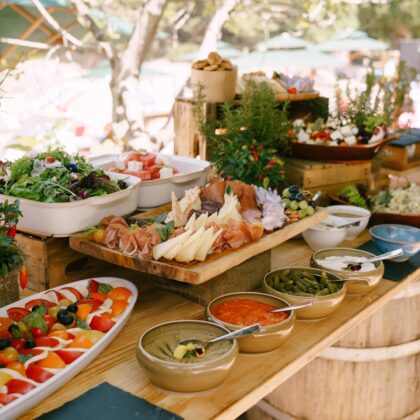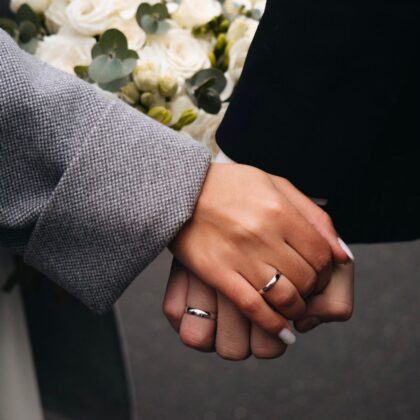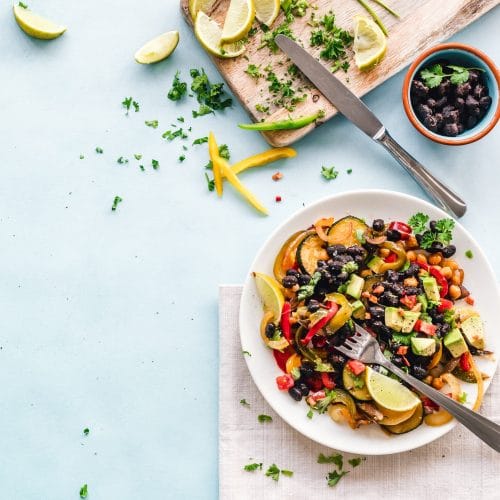Unsure of what you should eat before or after a heavy workout? We reached out to a registered dietitian for her advice…
If you’re looking to stay in shape and feel great after a sweaty workout, it’s worth knowing that your diet plays a huge role. We all know that eating well is a part of a healthy lifestyle, but figuring out what and when to eat, before and after a workout, is an art and a science. Read on for some top tips from a registered dietitian.
Read more: How Hard is it to be Vegan in Hong Kong?
Before Your Workout:
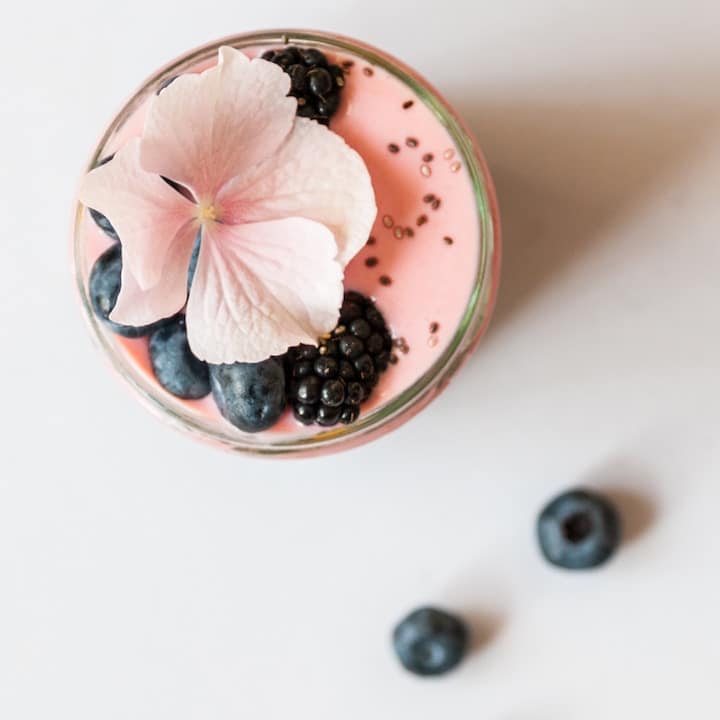
Grab a bite
When you are incorporating exercise as part of your weight loss or weight maintenance regime, the timing of your meals and snacks is essential. As a general rule of thumb, grab a bite at least one hour to three hours prior to your session. If you eat right before your routine, you may not perform as well as you hope because your body is focusing on using energy to digest the food that you just ate (and it can leave your stomach a tad confused).
Depending on the time of the day that you workout, you may also need to play around with the timing of meals. For example, if you are an early riser, you may not be in the mood for a full breakfast before your exercise routine, so you may want to grab a small morning snack, such as a smoothie with fruits and chia seeds, or a small bowl of oatmeal with fruit (avoiding too much sugar) beforehand and a full breakfast after your workout. If you typically exercise later in the day, make sure to have a snack an hour prior to your workout.
Read more: A Registered Dietitian’s Guide To Eating Out (and Still Enjoying Yourself) In Hong Kong
Go for the carbs
Contrary to popular belief, carbs can actually be good for you, especially when you’re engaging in regular exercise. Carbohydrates are broken down into its building blocks, glucose, which are taken up by the muscle cells. The muscle cells then use glucose as a source of energy to fuel your workout. The more strenuous your workout is, the more energy (i.e. carbs) you will need. Going for carbs that are easily digested before your workout may help boost your performance.
Here are some examples of carb-loaded foods that you can enjoy before your workout:
- Brown bread
- Oatmeal
- Fruit
- Greek yogurt (which also includes protein)
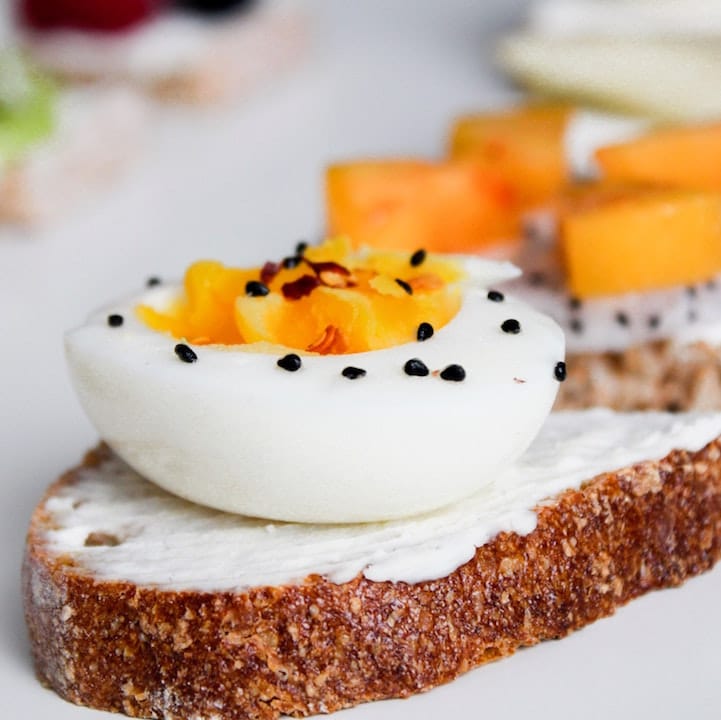
Don’t forget the protein
While carbs are important, don’t forget about protein. When your muscles are working, small tears within the muscle fibres are inevitable. That’s where protein comes into play: it helps to repair and rebuild muscle. When you eat protein along with carbs before your workout, you will not only have the extra energy, you will also feel more satiated than when you only eat carbs alone.
Some examples of protein-rich foods that you can pair with carbs before your workout:
- Eggs
- Milk
- Greek yogurt
- Cottage Cheese
- Chicken breast
- Tuna
- Nuts, seeds, oats, quinoa
- Peanut butter
- Broccoli
A complete snack consists of at least two of the four food groups, such as bread from the grains and chicken breast from meat. If you are trying to lose or maintain weight, opt for a complete snack that provides 150 to 200 calories.
Read more: Nutritionists Have Found That These Foods Can Help Reduce Anxiety
Drink up
In addition to eating a sensible amount of carbs and protein before a workout, you also want to stay hydrated to avoid dehydration, which can cause muscle cramps.
There are a number of options to stay hydrated during exercise, but water is the best choice. If you are going to exercise for more than one hour, going for an intense workout, and/or going to do exercise in a hot and humid environment, you may opt for a sports drink.
While staying hydrated before and during a workout is important, you do not want to over-hydrate either. Drinking too much before or during exercise can lead to low sodium levels, also known as hyponatremia. Symptoms of low sodium levels include swollen hands and feet, and weight gain during exercise.
Depending on the intensity and duration of your workout, as well as on how much you sweat, you generally want to drink one (250ml) to two cups (500ml) of fluids four hours before your exercise routine. Two hours prior to your exercise routine, if you haven’t yet popped to the loo (or if your urine looks dark yellow), drink half a cup (125ml) to one and a half cups (375ml) of fluids. Depending on your workout intensity, take sips of water during your routine.
Read more: Gym Intimidation Is A Real Thing – Here’s How We’re Dealing With it
After a workout:
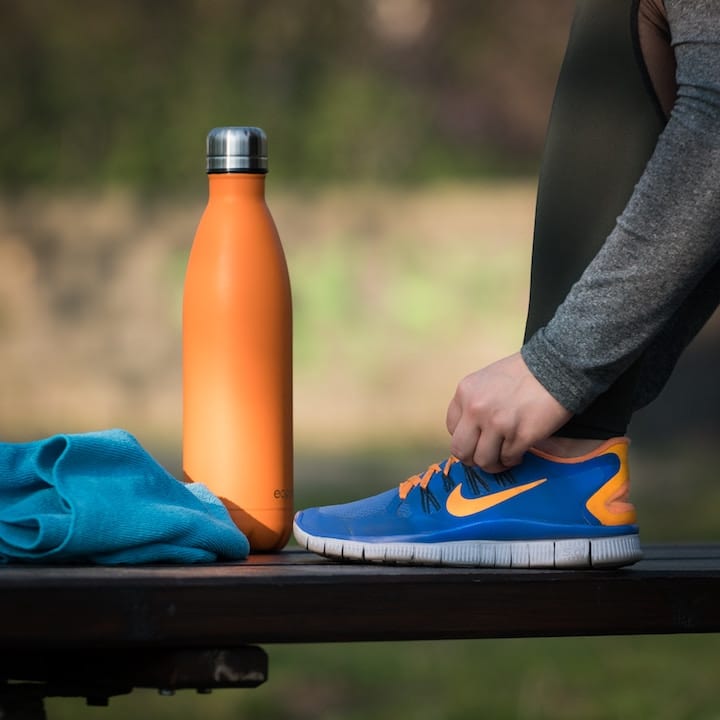
Rehydrate
Weighing yourself before and immediately after your workout will help determine how much fluid you have lost. Before you weigh yourself, make sure your bladder is emptied. If you lose more than two percent of your body weight, you will have to replenish your fluids. Depending on your how much weight you lost, drink two (500ml) to three cups (750ml) of fluid for every pound of weight lost. If you have gained weight after the workout, it means you drank too much. Like before and during your workout, water is still the best fluid choice, as there is no added flavour or sugar like in sports drinks.
It goes without saying that you can also use the colour of your urine to determine your hydration status and see if, and how, much you need to rehydrate. Note that weight loss immediately after a workout is fluid loss, and not fat loss. Be patient with fat loss as it takes time to trim the unwanted fat – anywhere from days to weeks and months.
Read more: Give Your Immune System A Boost With These Nutrients
Refuel within 20 to 30 minutes
Your body worked hard and used the energy stored. You want to make sure your body is refuelled with energy to carry on with the rest of the day. Within 20 to 30 minutes after your workout, eat a light snack. Like your pre-workout snack, go for one with carbs and protein that provides 150 to 200 calories. Some healthy and on-the-go snack choices include:
- Trail mix
- Bread with nut butter
- Cheese and crackers
- Hummus and pitta bread
Be sensible
Having a snack after your workout is to refuel your body. It does not mean that you should go all out to indulge, as you will only pour your workout efforts down the drain. Be sensible with how much you eat after your workout to avoid ingesting extra calories. Skip energy bars loaded with sugar for lighter, home-prepped snacks like the ones mentioned above.
Read more: Successful Hong Kong Women Share Their Morning Routines
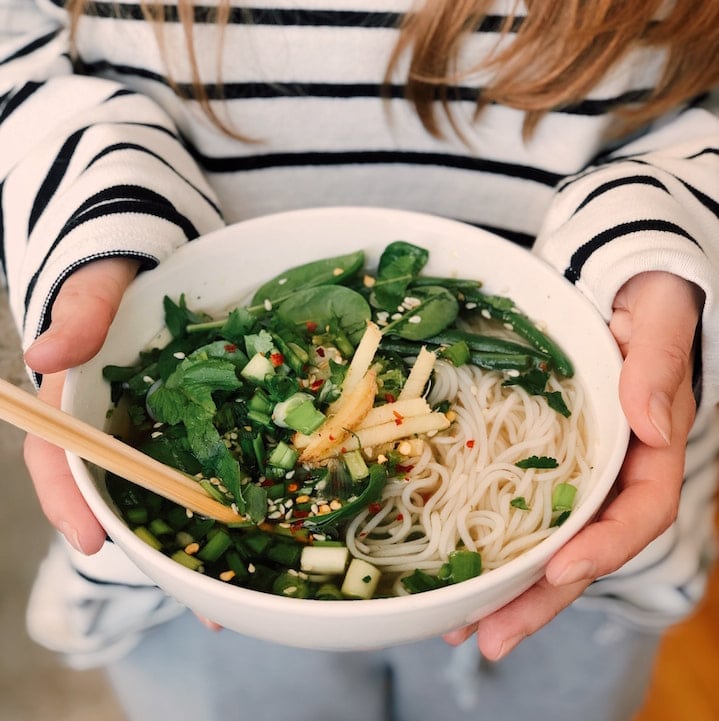
Full meal 3 hours later
After your light snack, opt for a full meal at least three hours later. If your goal is to lose or maintain weight, keep your post-workout meal around 500 calories. A balanced 500 calorie meal typically consists of foods from at least three of the four food groups: vegetables, whole grains (like quinoa, buckwheat and brown rice), and meat and alternatives (like lean meats, fish, beans and tofu). To avoid any unnecessary calories, be mindful of how the meal is prepared. Your best bet is to prepare a homemade meal so that you can control how much oil and fats, sugar and salt you add as part of the meal. If you are eating out after your workout, you may also want to choose foods that are prepared with less sugar and salt. For more details on how to eat smart while eating out, check out the feature, A Registered Dietitian’s Guide To Eating Out (and Still Enjoying Yourself) In Hong Kong.
Here are some easy-to-prepare snack and meal ideas:
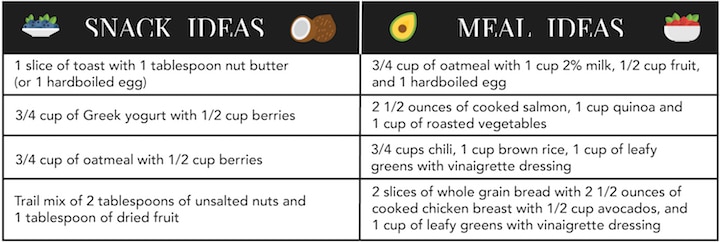
Bottom Line
Engaging in regular physical activity will not only help you stay in shape but also boost your energy levels and give you a happier state of mind. Nourishing your body before and after a workout is also key to maintaining a healthy physique. What is mentioned here are only guidelines and may or may not work for everyone. Depending on the nature of your workout, its intensity, and the number of times you exercise in a week, your caloric and fluid needs may differ from others.
Editor’s Note: This article was originally published on 18 May, 2018 and was updated on 6 August, 2019.
Featured image by Ella Olsson on Unsplash, image #1 courtesy of Unsplash, image #2 courtesy of Pexels, image #3 by Gesina Kunkel on Unsplash, image #4 courtesy of Unsplash





 Eat & Drink
Eat & Drink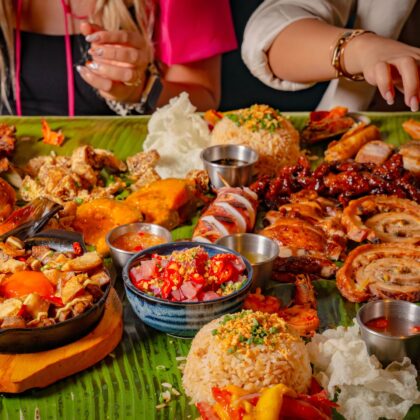



 Travel
Travel



 Style
Style
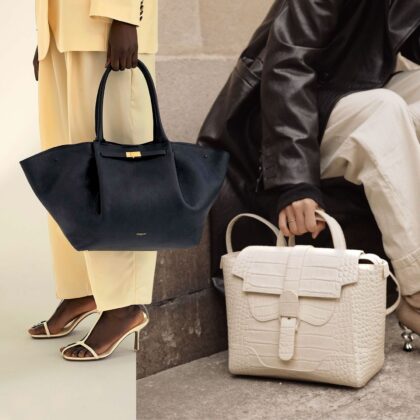

 Beauty
Beauty

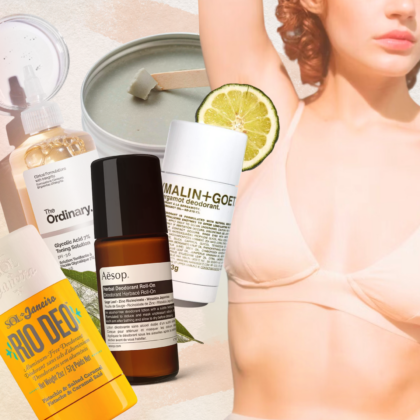
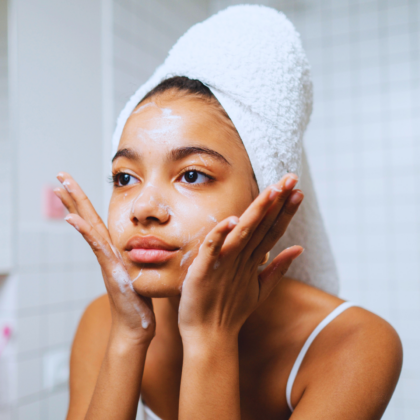
 Health & Wellness
Health & Wellness


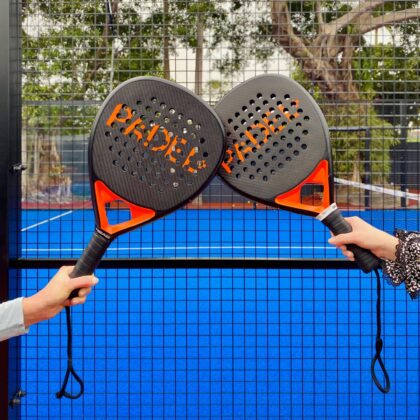
 Home & Decor
Home & Decor
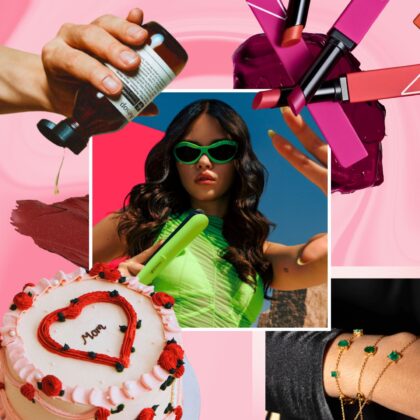

 Lifestyle
Lifestyle
 Weddings
Weddings
